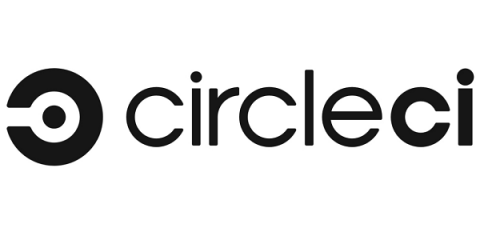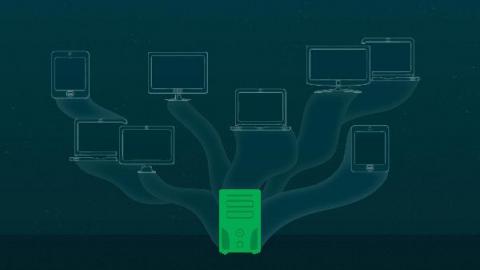SQL vs NoSQL databases
Application developers have a choice between two main categories of database: SQL (Structured Query Language) and NoSQL (Not Only SQL). SQL databases, also known as relational databases, have been in use for over 40 years. Despite their age, SQL databases remain extremely popular with developers. Of the top 10 results on DB-Engines’ list of most popular database management systems in September 2021, six were relational, or SQL-based.










